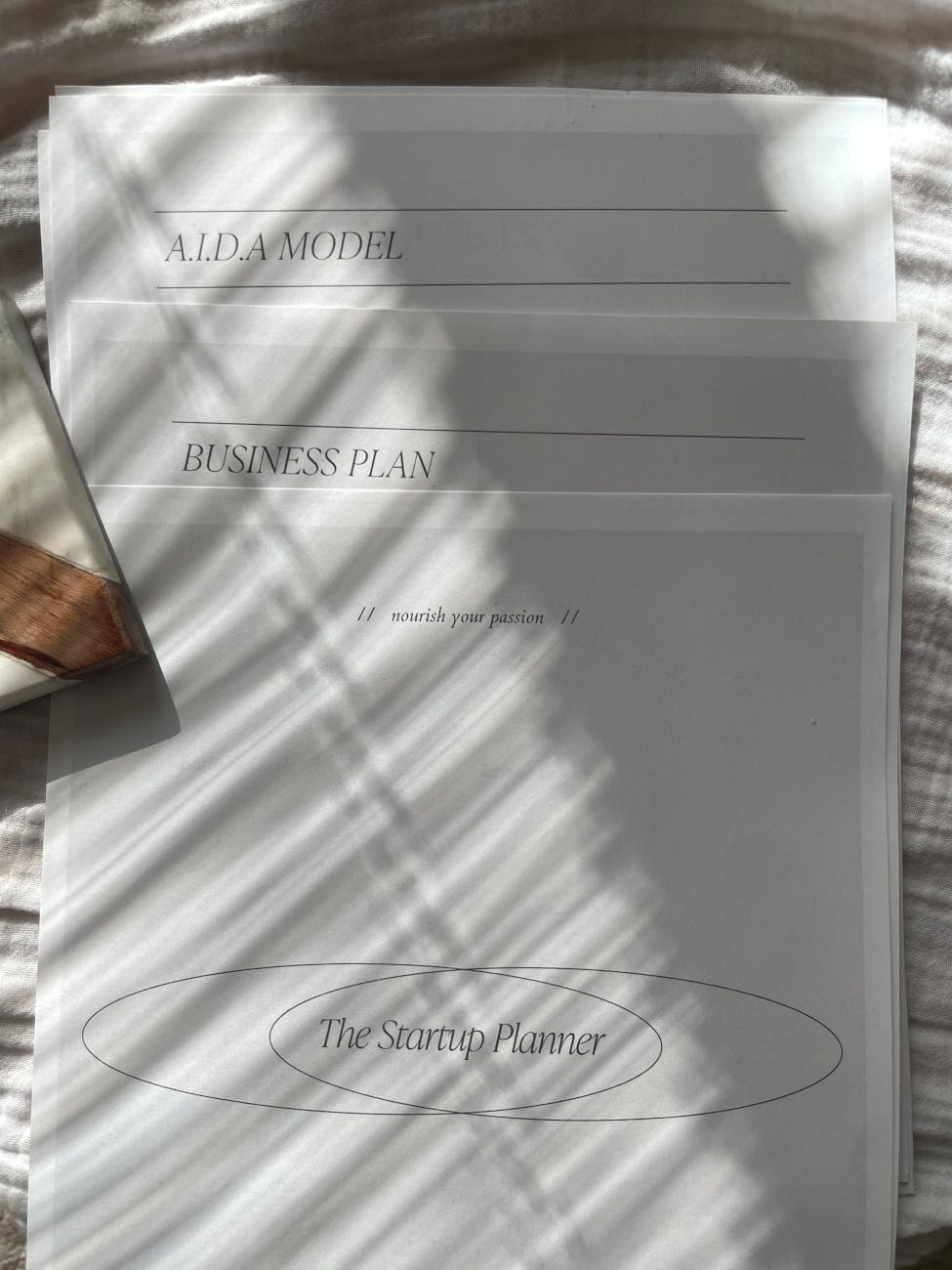The Ultimate Guide to Planning Your Outdoor Lighting Layout
Outdoor lighting serves multiple purposes, from enhancing your home’s security to illuminating landscaping features and extending the usability of outdoor areas. Whether you aim to highlight your garden’s beauty or simply ensure safe passage along a dark pathway, planning your outdoor lighting layout is essential. In this comprehensive guide, we’ll walk you through the steps to design an effective outdoor lighting scheme tailored to your needs.
1. Assess Your Outdoor Space
Begin by evaluating the specific areas you want to illuminate. Consider the size, landscape features, existing structures, and different uses of each space. Are there areas where safety lighting is crucial? Do you have a patio or deck that requires ambient light for evening gatherings? Take notes and think about your goals for each area.
2. Define Your Lighting Goals
Identifying the main functions of your outdoor lighting will help guide your choices and layout. Common goals include:
- Safety: Ensuring well-lit pathways, stairs, and entrance areas.
- Security: Using motion sensors or floodlights to deter intruders.
- Aesthetics: Highlighting architectural elements and landscape features.
- Functional usage: Providing light for outdoor activities such as dining or cooking.
3. Choose the Right Types of Lighting
Different lighting types serve different purposes, and selecting the right kind will impact both the effectiveness and ambiance of your outdoor space. Consider the following:
- Path Lights: These are ideal for illuminating walkways, driveways, and garden paths.
- Floodlights: Effective for large areas or security purposes, providing bright light.
- Spotlights: Perfect for highlighting specific features like trees, fountains, or statues.
- String Lights: Great for enhancing the mood of patios and decks with warm, ambient lighting.
4. Plan the Layout and Installation
With your goals and types of lighting decided, sketch a basic layout of your outdoor space, marking where each light fixture will be placed. Consider the following tips for a successful installation:
- Balance: Distribute lights evenly to avoid uneven lighting or overly bright areas.
- Layering: Combine multiple lighting types for depth and dimension.
- Power Source: Determine electrical needs and the possibility of solar-powered options.
5. Consider Local Regulations and Safety
Before purchasing or installing any fixtures, check local building codes and regulations concerning outdoor lighting. Ensure all electrical installations are safe and adhere to guidelines to prevent any hazards or legal issues.
6. Execute and Adjust
Once you have all equipment and supplies, proceed with the installation. After setting up, turn on the lights during nighttime and analyze the overall effect. Don’t be afraid to make adjustments for better balance and coverage. Sometimes a little tweaking of angles or bulb brightness can make a huge difference.
Conclusion
Planning your outdoor lighting layout requires thoughtful consideration, but the result is a beautiful, functional, and secure outdoor space. Whether accenting your home’s architectural features or creating the perfect environment for outdoor activities, a well-planned lighting system can transform any backyard. Remember, this is your chance to get creative and personalize your space.





